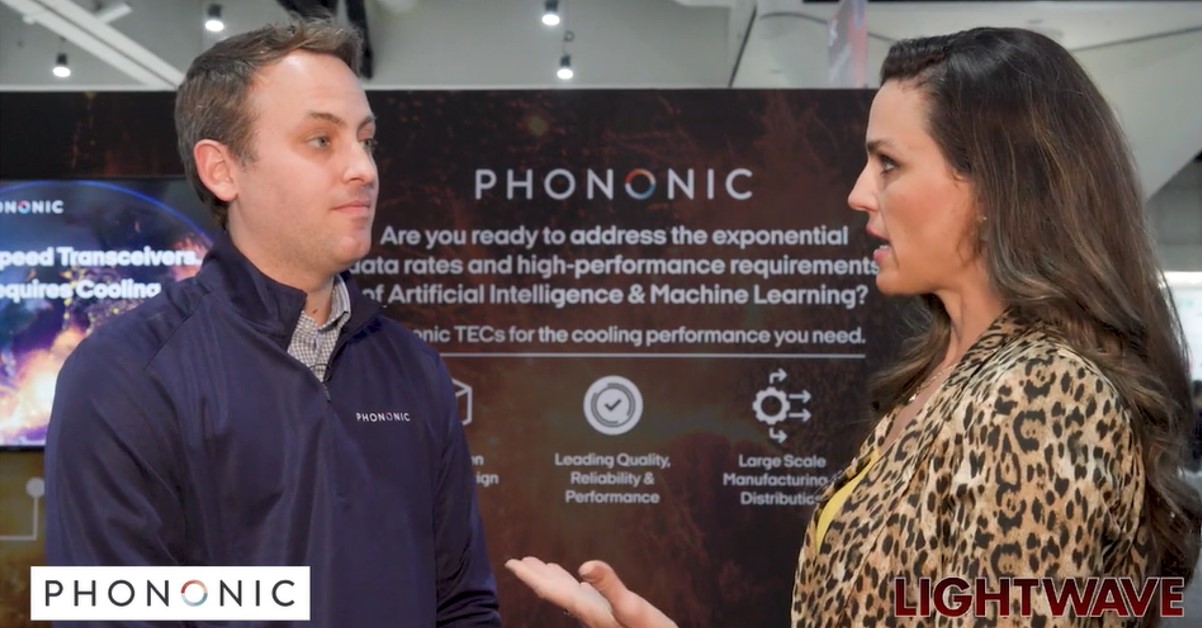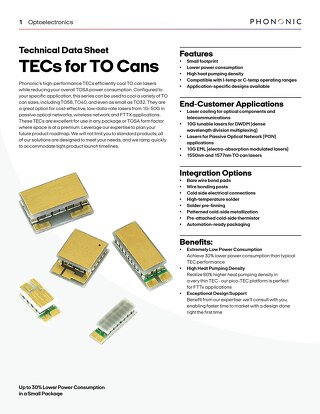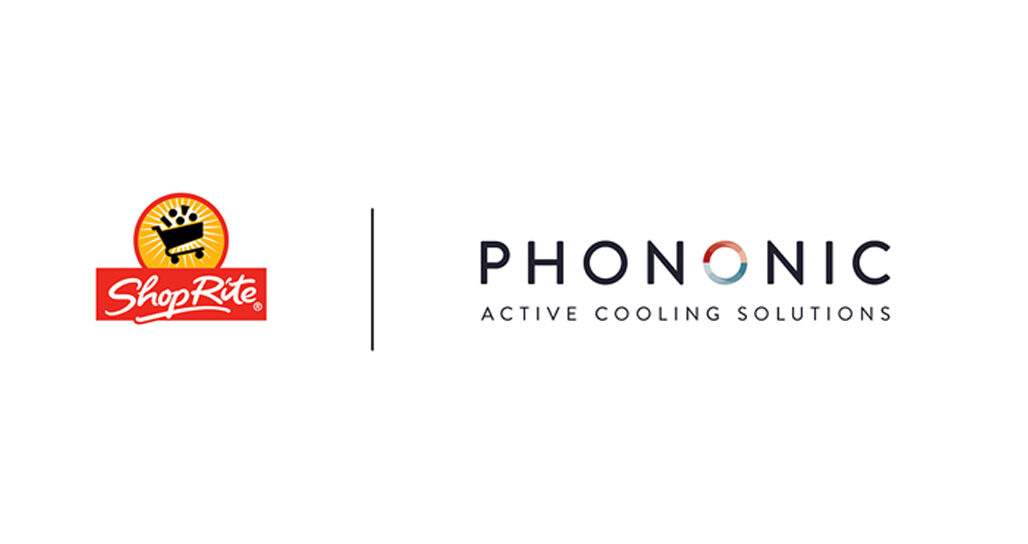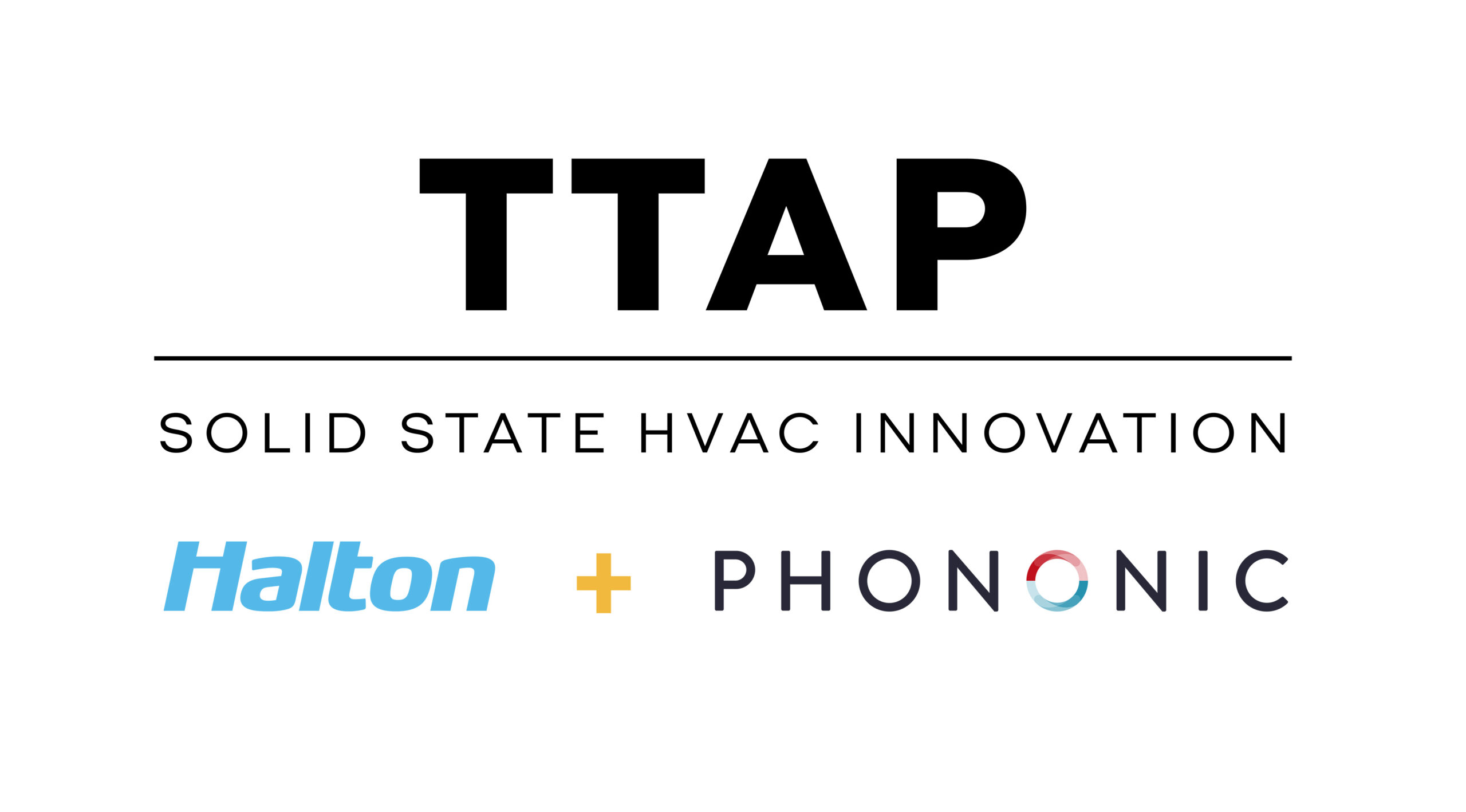Top Takeaways from CIOE 2019
September 29, 2019
Our team recently attended CIOE 2019, an annual gathering of nearly 70,000 attendees and 2,000 exhibitors, all focused on advancing the state-of-the-art in optical communications. At the show, we were able to take note of some leading innovations in the industry.
What were the major themes at this year’s event?
- 25G 12-channel WDM for 5G mobile: There has been a lot of development activity on this application, for which China Mobile announced their support in July 2019. While a fully-baked solution is still being worked out, tight wavelength spacing between channels has a number of optical component manufacturers trying to figure out how to meet the specifications. When spacing between wavelengths is tight, the wavelength shift with temperature can lead to channel overlap, which results in signal loss. To ensure laser temperature and thus, wavelength, are stable, this application will require efficient, small form factor thermoelectric coolers.
- 800G Pluggable MSA (Multisource Agreement): The 800G MSA working group was announced last week, ahead of the 800GbE IEEE standard. Companies like Hisense, Huawei, Tencent and Sumitomo are among the first nine on board. As data rates increase within small form factor modules, heat density also increases, driving a need for cooling. So as the standards get fleshed out, there may very well be an increased need for cooled lasers at this higher data rate.
- A growing number of China-based laser chip makers: There were several chip makers at the exhibit this year, seemingly more than any previous year. In case there is any doubt left that China is investing heavily in fundamental optical communications technologies, this is yet another sign that those doubts are unfounded.
- LiDAR a big focus: There were several LiDAR companies on display in the Optoelectronics Sensor Expo. As development of autonomous vehicles continues to mature and gain steam, this application will become an even more prevalent trend in the industry. This will require advancements in both system accuracy, range and reliability. Thermoelectric cooling can help address both concerns.
- PON still a focus: Given that China is the largest fixed-line fiber access market in the world, there is still a ton of activity around PON! An expanding list of companies are looking to commercialize their own TOSA and module. Each of these laser packages will require cooled optics to ensure performance.
If you want some help understanding how these trends might impact your own application or the opportunities they might present for you, our engineering team is here to help.









